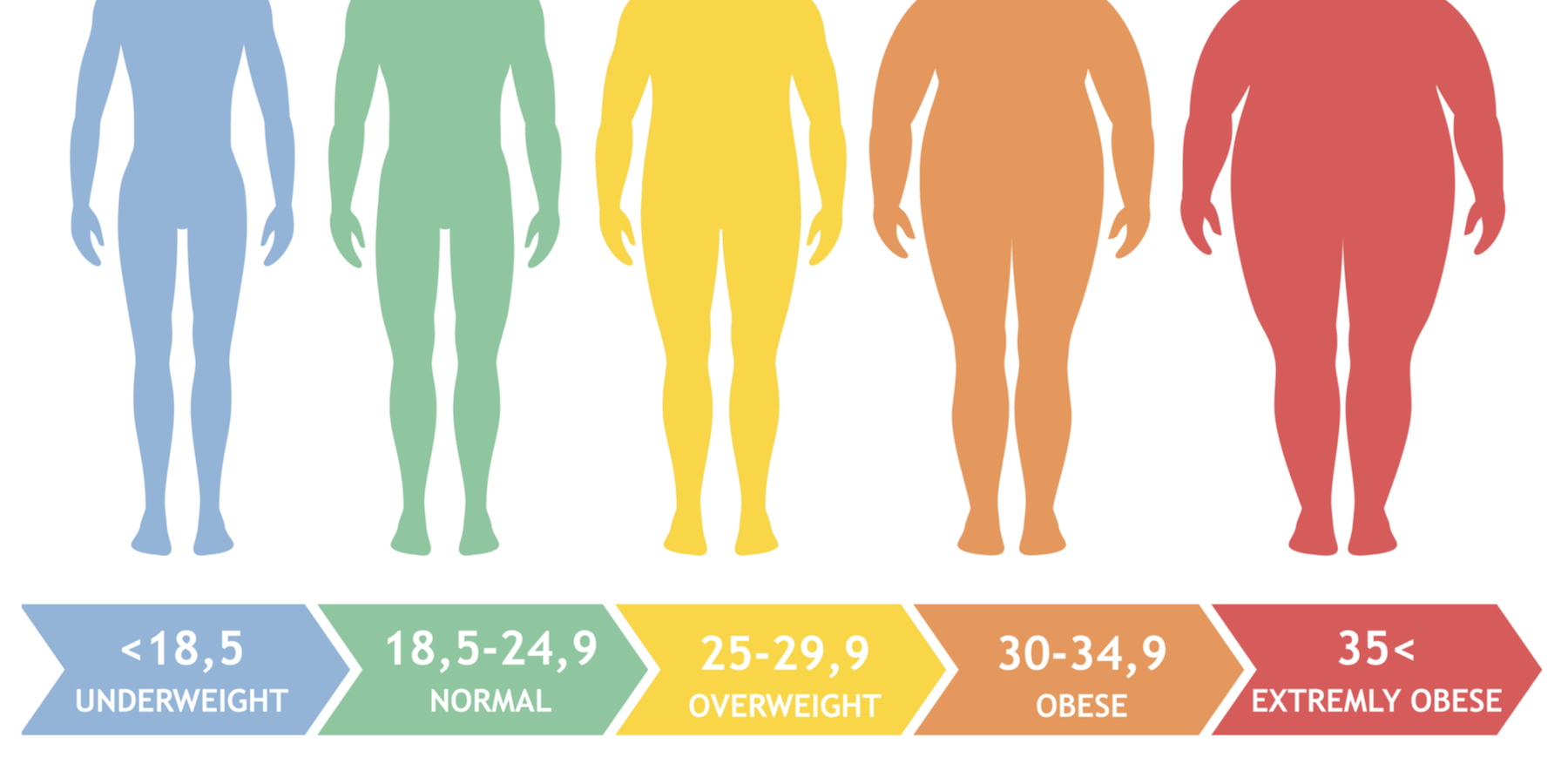The use of a scale alone is insufficient for a diagnosis of obesity. Body mass index (BMI), waist circumference measurement, physical exams, and lab tests to check for comorbidities are just some of the tools and diagnostic tests used in a comprehensive evaluation of a person’s weight status.
Self-Checks/At-Home Testing
Over the past four decades, obesity has escalated to become a critical problem all over the world. The Centers for Disease Control and Prevention (CDC) warn that “obesity is a serious concern” since it is linked to worse mental health outcomes, lower quality of life, and the top causes of mortality in the United States and around the world.
The best approach to treating obesity is to catch it early and start doing something about it. Research shows that people are more successful at losing weight after receiving a diagnosis of obesity.
Body Mass Index (BMI)
The body mass index is the most popular tool used by doctors to make a diagnosis of obesity. To calculate a person’s body mass index (BMI), we divide their weight (in kilograms) by the square of their height (in meters).
Healthy weight for individuals aged 20 and up is defined as a body mass index (BMI) between 18.5 and 24.9.
Waist Circumference Measurement
If you fall anywhere between a healthy BMI and an overweight BMI, keeping an eye on your waist circumference may be helpful because it is a predictor of risk that stands on its own regardless of your overall weight.

At the very least once a year, you should check your waist size. A high-risk individual can screen for obesity by taking their own waist measurement. Waist circumference criteria are not valid for patients with a body mass index (BMI) greater than 35, hence it is important to consider additional metrics (such as BMI) as well. Furthermore, waist circumference may not be an accurate measure of abdominal fat for people of different sexes, ages, and races.
Labs and Tests
Understanding the importance of getting a professional opinion when making a diagnosis of obesity in a child, adolescent, or adult is crucial.
Lab tests may be a part of the diagnostic process for overweight and obesity to determine the severity of the condition and rule out any underlying diseases. Your risk factors for obesity-related disorders and your existing symptoms will play a role in the laboratory tests your doctor orders.
Diagnosing Childhood Obesity
A doctor will compare a child’s weight and height to those of other children of the same age and gender to determine whether or not the youngster is obese. A child with a body mass index (BMI) that places him or her in the 90th percentile weighs more than 90 percent of children of the same age and sex.

Children who are overweight or obese can be identified using the CDC’s growth charts. An overweight child is one who falls between the 85th and 94th percentiles, while an obese child is one who falls between the 95th and 99th percentiles.
Differential Diagnosis
The weight of an individual is only one of many indicators that must be taken into account when making an accurate diagnosis of obesity. The difference between a correct diagnosis that leads to early intervention and a misdiagnosis of a person’s weight status can hinge on knowing what to expect and how to assure an accurate weight examination.




